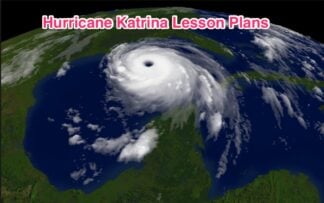Social Studies Worksheets Virginia SOLs
Social Studies Worksheets Virginia SOLs: Below is a listing of my social studies lesson plans (along with a handful of other niche products) for use with the Standards of Learning (SOLs) in Virginia. Includes World History II Worksheets and Lesson Plans, Government Worksheets and Lesson Plans, and World Geography Worksheets and Lesson Plans.
All lesson plans have been tested in my decade of classroom teaching. They are all designed to be flexible for the modern classroom teacher and include multiple activities. For use in a block schedule or as a stand-alone activity/worksheet.
Featured Social Social Studies Worksheets Virginia SOLs
Best Selling Social Studies Worksheets Virginia SOLs
Worksheets and Lesson Plans for Sale Below
Showing 1–12 of 28 results
-
1942 Ohio State vs Michigan Football Game Radio Broadcast
$50.00 Add to cart -
Cry Freedom Film World History II SOLs Lesson Plans and Worksheets
$2.50 Add to cart -
Custom Configuration of Google Analytics 4
$100.00 Add to cart -
Gandhi Movie World History II SOLs Lesson Plan and Worksheet
$3.50 Add to cart -
Hurricane Katrina Lesson Plans
$2.00 Add to cart -
Jared Diamond Collapse Video Viewing Guide
$3.00 Add to cart -
Recount 2000 Election Lesson Plan and Worksheet for Government SOLs
$2.50 Add to cart -
Roots of Evil Video Viewing Guide
$1.25 Add to cart -
Snap Circuit Quizzes
$2.00 Add to cart -
Taj Mahal Secrets and Mysteries Video Worksheet
$1.25 Add to cart -
World Geography Asia Review
$3.00 Add to cart
Showing 1–12 of 28 results














